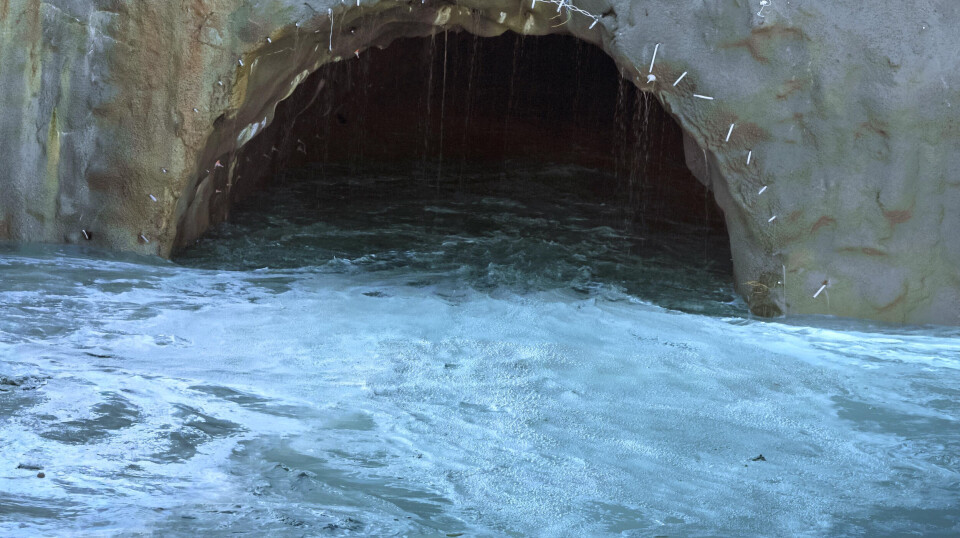
Norway's regulations are finally in place. Was it worth the wait?
After more than two and a half years of standstill, uncertainty, and unresolved requirements, the final regulations for land-based aquaculture have now been adopted. This will increase construction costs, but will it improve biosecurity, the LandbasedAQ Norway ask in a comment article.
In 2022, Norway's Ministry of Trade, Industry and Fisheries (NFD) introduced a temporary moratorium on applications for land-based aquaculture of salmon, trout and rainbow trout. The moratorium, which was supposed to last for six months, was in place for more than 30 – until 1 July 2025, when new and final regulations came into force.
The rationale was to enable the government to gain an overview of biosafety consequences of plants that were on land but discharged into the sea, as well as to define what is a land-based facility and what is not. The authorities had just lost the so-called Losna case, where they wanted to build a land-based facility that was so strongly connected to the sea that the state defined it as a sea facility, while the applicant believed it should be classified as a land-based facility.
Therefore, stricter requirements have now been introduced for location and function for what is considered land-based, so that the distinction between land and sea facilities is clear.
Now, permission can only be granted for aquaculture on land if the facility is located on solid ground or filled masses in an area that is not normally covered by water.
Disinfect intake water
The second significant point in the new regulations is that all new land-based facilities must disinfect intake water taken from the sea and that anyone using freshwater sources with contact with anadromous fish must do the same. Existing facilities do not need to, unless they make significant changes.
There were many objections to this point, including from professional circles, based on scepticism about disinfecting the water so that probiotic bacteria are also eliminated.
Others have pointed out that perhaps the government should order the outlet water to be disinfected, not the inlet water.
It has also been pointed out that disinfection can be very expensive, not least because it will lead to increased energy consumption.
Increased costs
After the application freeze was introduced in December 2022, applications for facilities with a minimum 95% water re-use in a RAS (recirculating aquaculture system) were re-opened in May 2023. In practice, such facilities include most modern RAS-based projects. And most new hatcheries are RAS facilities.
There are 21 projects that are already in the application process. Those of these that submitted applications before December 2022 will have to bear increased costs as a result of disinfecting the intake water.
The fact that it has taken two and a half years for this regulation to finally be in place is close to a scandal ... Many companies have put planned investments on hold. Concrete projects have been shelved. Value creation and activity have been lacking due to the application freeze
The new regulations now allow those who want to build with full or partial flow-through, including hybrid systems, to apply. One such company is Norwegian Mountain Salmon, which for several years has had its application almost ready to be stamped and sent.
So far, most land-based food fish farms that have been built in Norway have been of either full or hybrid flow-through. Salmon Evolution, Andfjord Salmon and Gigante Salmon are examples of such. Many have pointed out that the most sensible thing in Norway is to build food fish farms with such technology, and that the RAS facilities for food fish can be more naturally built close to the large consumer markets around the world.
Can move on
The fact that it has taken two and a half years for this regulation to finally be in place is close to a scandal. The fact that three ministers have had it on their desks during this period has of course not contributed positively, but it is obvious that far too poor preparation was done when the first proposals, not least related to what were called functional requirements, were sent out for consultation.
Many a researcher at the Veterinary Institute must have been tearing their hair out when they were tasked with coming up with a proposal for this in a very short time. The fact that they immediately rejected the idea that 95% RAS was biosafe for wastewater is also an example of shoddy workmanship on the part of the ministry.
Great uncertainty
This lengthy process has led to great uncertainty in the industry. Many companies have put planned investments on hold. Concrete projects have been shelved. Value creation and activity have been lacking – not only among the farmers themselves, but throughout the value chain - suppliers, advisors, technology communities and local communities - due to the application freeze.
The fact that the regulations are now formally in place is therefore an important milestone. Regardless of whether you agree or not, it provides a framework for both administration and industry to relate to. Now the projects that were on hold can finally be started and realised - if they are still profitable with increased costs for disinfection.
So, one can ask whether it has been worth spending two and a half years on this. When the water leaving a facility is not to be disinfected, there is still a potential for infection. And facilities that have shown that they will have outlets far away from other facilities must invest in line with those that discharge their water close by.
























